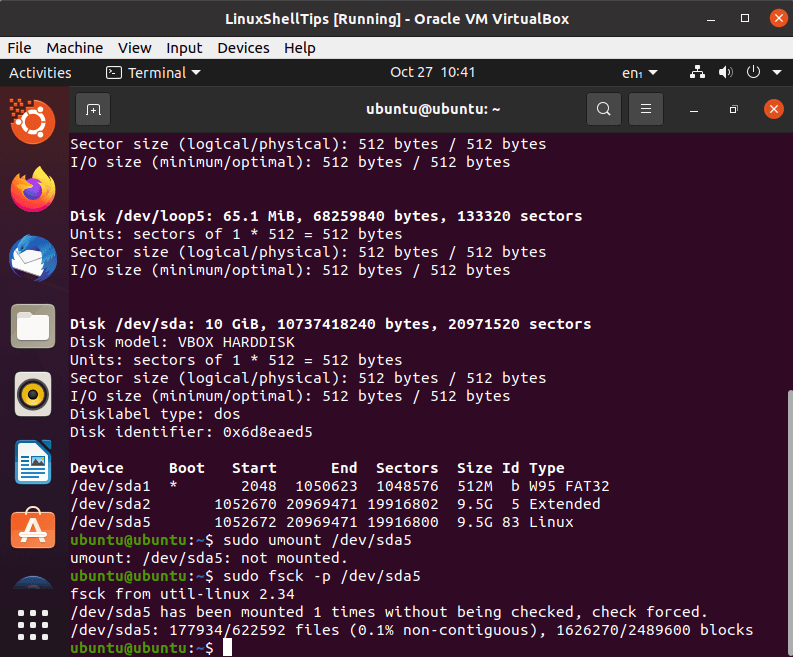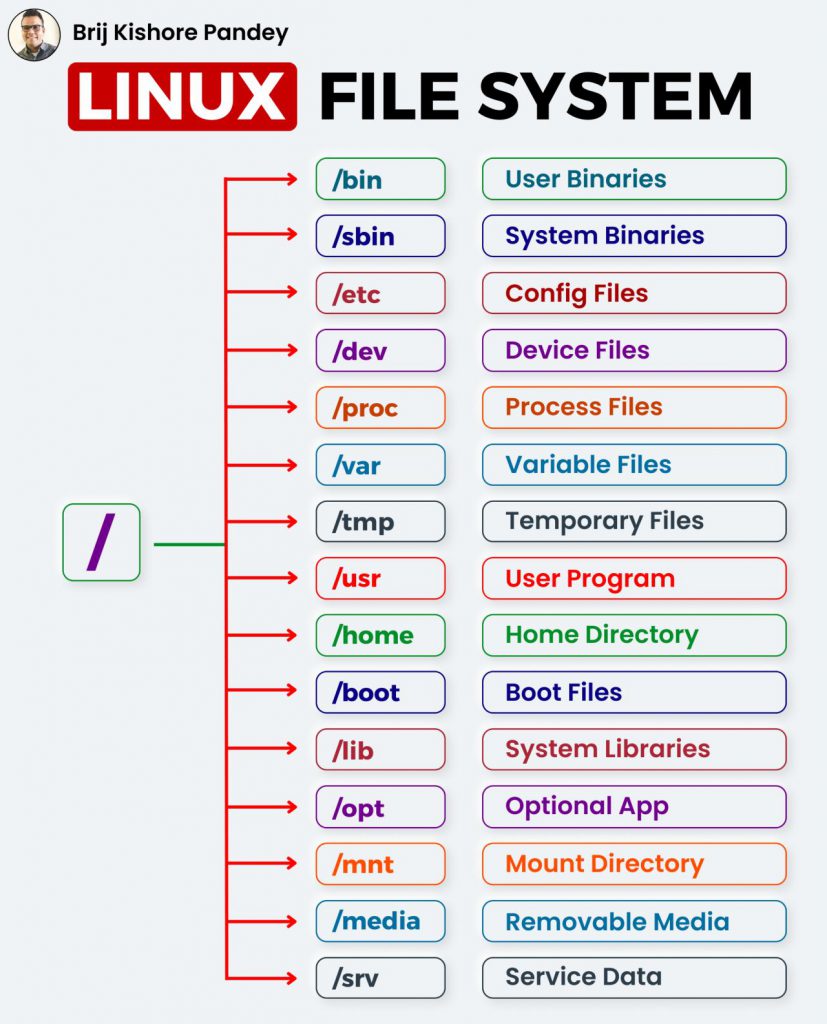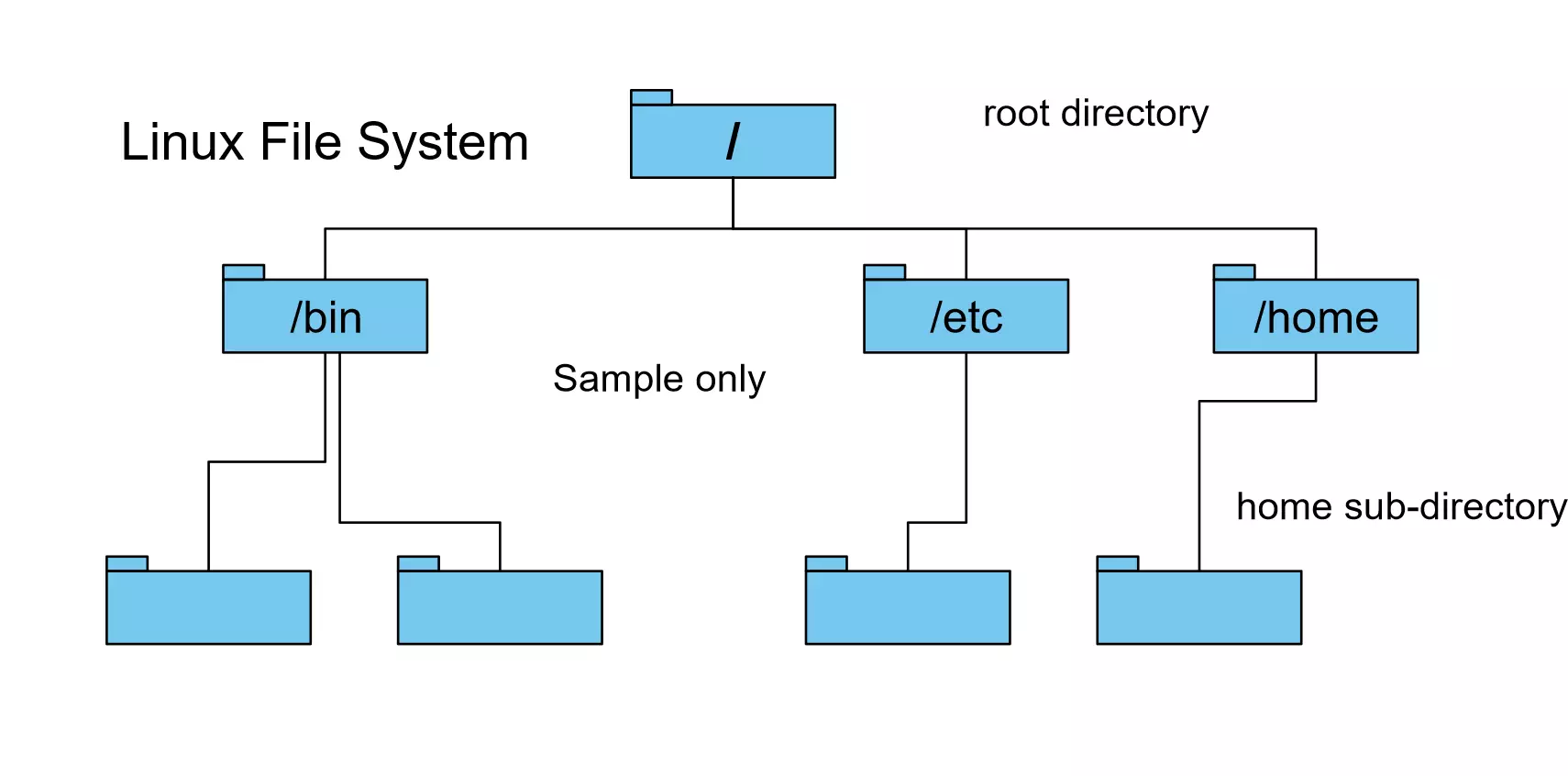Neat Info About How To Repair File System On Linux
Fsck, short for file system consistency check or file system check, is a utility in linux used to examine and repair filesystem inconsistencies.
How to repair file system on linux. In this guide we have looked at what linux filesystem is and how to repair both ext and xfs file systems in case the files get corrupted. Sql repair repair corrupt.mdf &.ndf files and recover all database components in original form ; Fsck works as a wrapper for the fsck.ext3 and fsck.ext4 commands.
Ask question asked 9 years, 4 months ago modified 9 years, 4 months ago viewed 34k times 8 debian on external usb. First, download rhel iso image and create a bootable usb drive from an rhel 8 iso file and boot from it. Take system down to runlevel one (make sure you run all command as root.
I hope the guide has been. Unmount the partition and attempt filesystem repair. If your partition is /dev/sdb1, for example, then unmount it first by.
Each block of memory in the gfs2 file. Open a terminal on your linux system. Run the fsck command to fix file system errors on the partition.
Tutorial details fsck command and options as previously mentioned in this article, the “ fsck ” command is used to check and repair the integrity of a linux file. Access repair repair corrupt.accdb and.mdb files &. $ sudo mount /dev/sdb3 using fsck to.
You cannot repair it while it is running. The fsck checks linux file systems and performs repairs. A filesystem is the backbone of your operating system, dictating how files and directories are stored, managed, and retrieved on your computer.
Choose the troubleshooting option and hit [ enter] on. Running the fsck.gfs2 command requires system memory above and beyond the memory used for the operating system and kernel.
![fsck to Repair Linux File System Errors [4 Commmon Examples]](https://cd.linuxscrew.com/wp-content/uploads/2021/01/fsck-to-Repair-Linux-File-System-Errors.png)

















![Introduction to Linux File System [Structure and Types] (2022)](https://www.partitionwizard.com/images/uploads/articles/2020/08/linux-file-system/linux-file-system-6.jpg)